The Benefits of Sustainable Landscaping: Eco-Friendly Practices for Your Garden
Understanding Sustainable Landscaping
Sustainable landscaping is a concept that integrates environmental awareness with gardening and landscaping practices. It focuses on creating outdoor spaces that are not only beautiful but also environmentally friendly and resource-efficient. By adopting sustainable practices, you can significantly reduce your garden's ecological footprint while enhancing its natural beauty.
One of the fundamental principles of sustainable landscaping is to work with nature rather than against it. This involves selecting plants that are native to your area, as they are best suited to the local climate and soil conditions. Not only do native plants require less water and maintenance, but they also provide essential habitats for local wildlife.
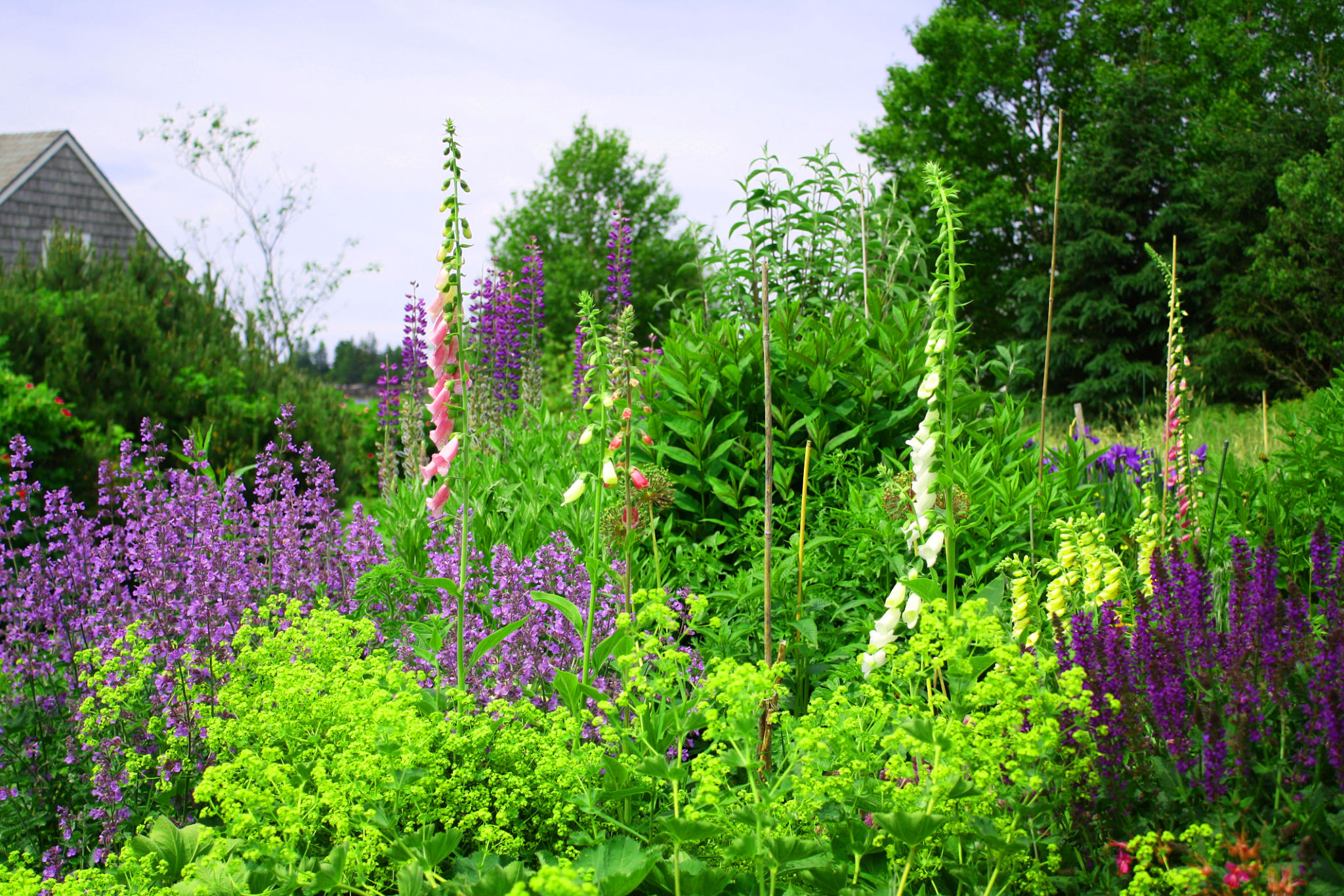
Water Conservation Techniques
Water conservation is a critical component of sustainable landscaping. Implementing strategies such as drip irrigation, rainwater harvesting, and the use of drought-resistant plants can greatly reduce water usage in your garden. Drip irrigation systems deliver water directly to the plant roots, minimizing waste and evaporation.
Rainwater harvesting involves collecting rain from rooftops and storing it in barrels or cisterns for later use in the garden. This practice not only conserves water but also reduces the strain on local water supplies during dry periods. Incorporating drought-resistant plants into your landscape design further ensures that your garden remains lush and vibrant even in times of limited rainfall.
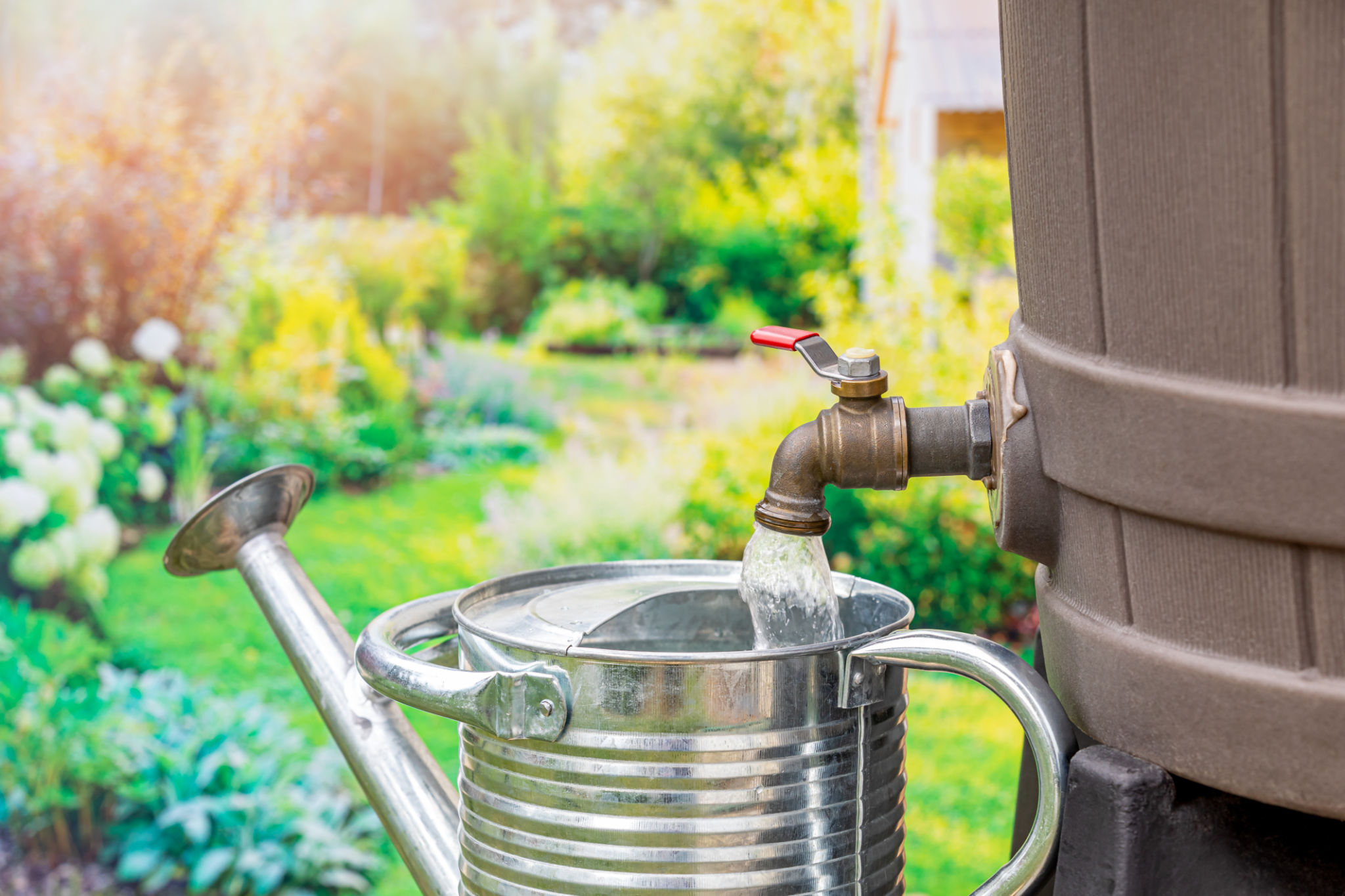
Soil Health and Composting
Healthy soil is the foundation of any successful garden. By focusing on soil health, you can improve plant growth, enhance biodiversity, and reduce the need for chemical fertilizers. One effective way to enrich your soil is through composting, which involves recycling organic waste into nutrient-rich compost.
Composting not only reduces waste sent to landfills but also provides a sustainable source of nutrients for your plants. Incorporating organic matter into your soil improves its structure, increases its ability to retain moisture, and promotes healthy root development. Regularly testing soil pH and nutrient levels can also help you make informed decisions about fertilization and soil amendments.
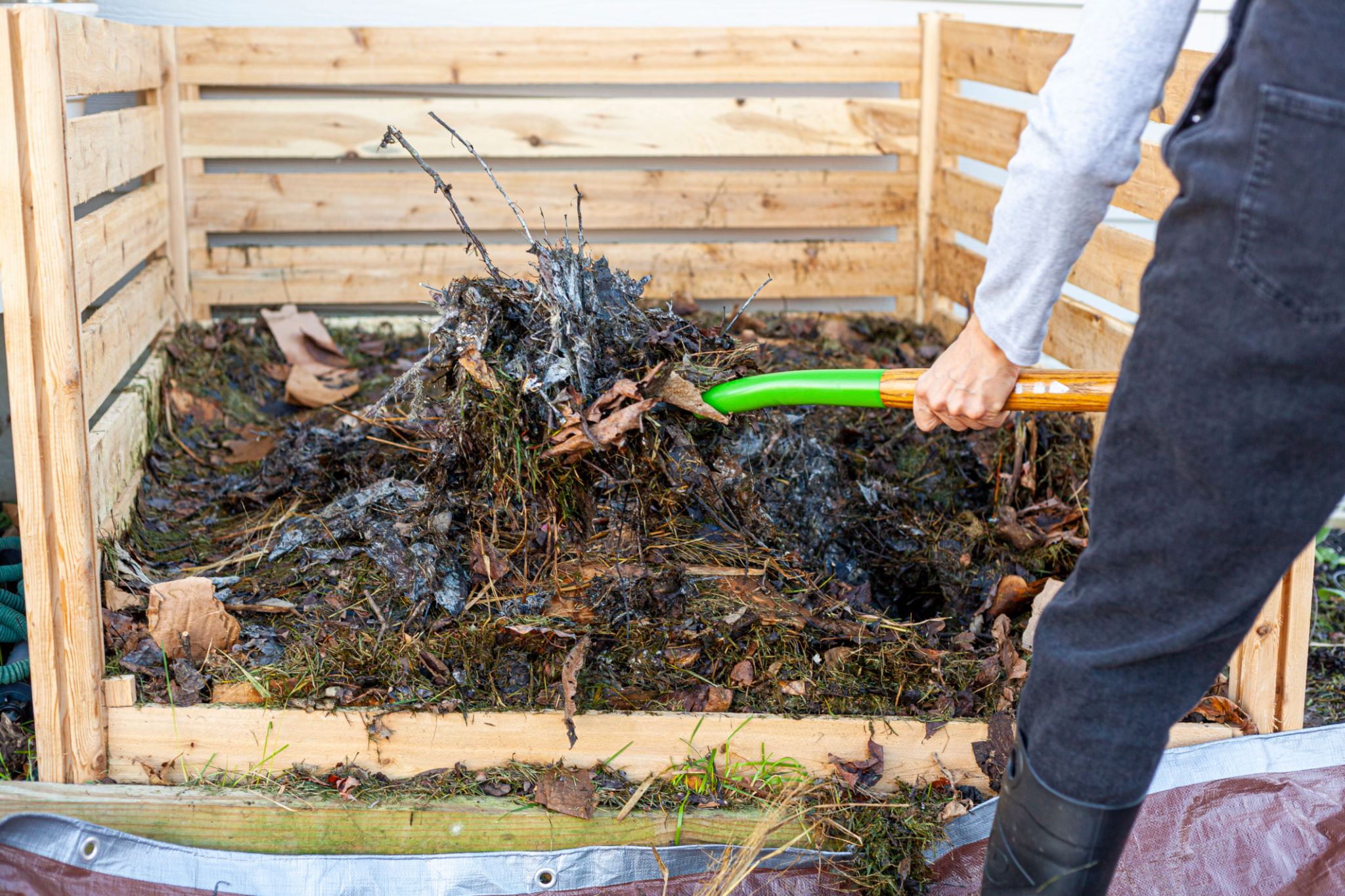
Eco-Friendly Pest Management
Managing pests in an eco-friendly manner is crucial for maintaining a sustainable garden. Instead of relying on chemical pesticides, consider employing integrated pest management (IPM) techniques. IPM focuses on preventative measures, such as encouraging beneficial insects that prey on garden pests and using physical barriers like nets or row covers.
You can also explore natural pest control methods, such as using neem oil or introducing companion planting strategies. Companion planting involves growing certain plants together to repel pests or enhance growth. For example, marigolds can deter nematodes, while basil can improve the flavor and growth of tomatoes when planted nearby.
Reducing Lawn Size
Traditional lawns require significant maintenance and resources to maintain their lush appearance. By reducing the size of your lawn and replacing it with alternative ground covers or garden beds, you can create a more sustainable landscape. Ground covers like clover or creeping thyme require less water and mowing compared to conventional grass lawns.
Additionally, incorporating native grasses or wildflower meadows not only reduces maintenance but also provides valuable habitats for pollinators and other beneficial wildlife. These alternatives can bring color and diversity to your garden while reducing its environmental impact.
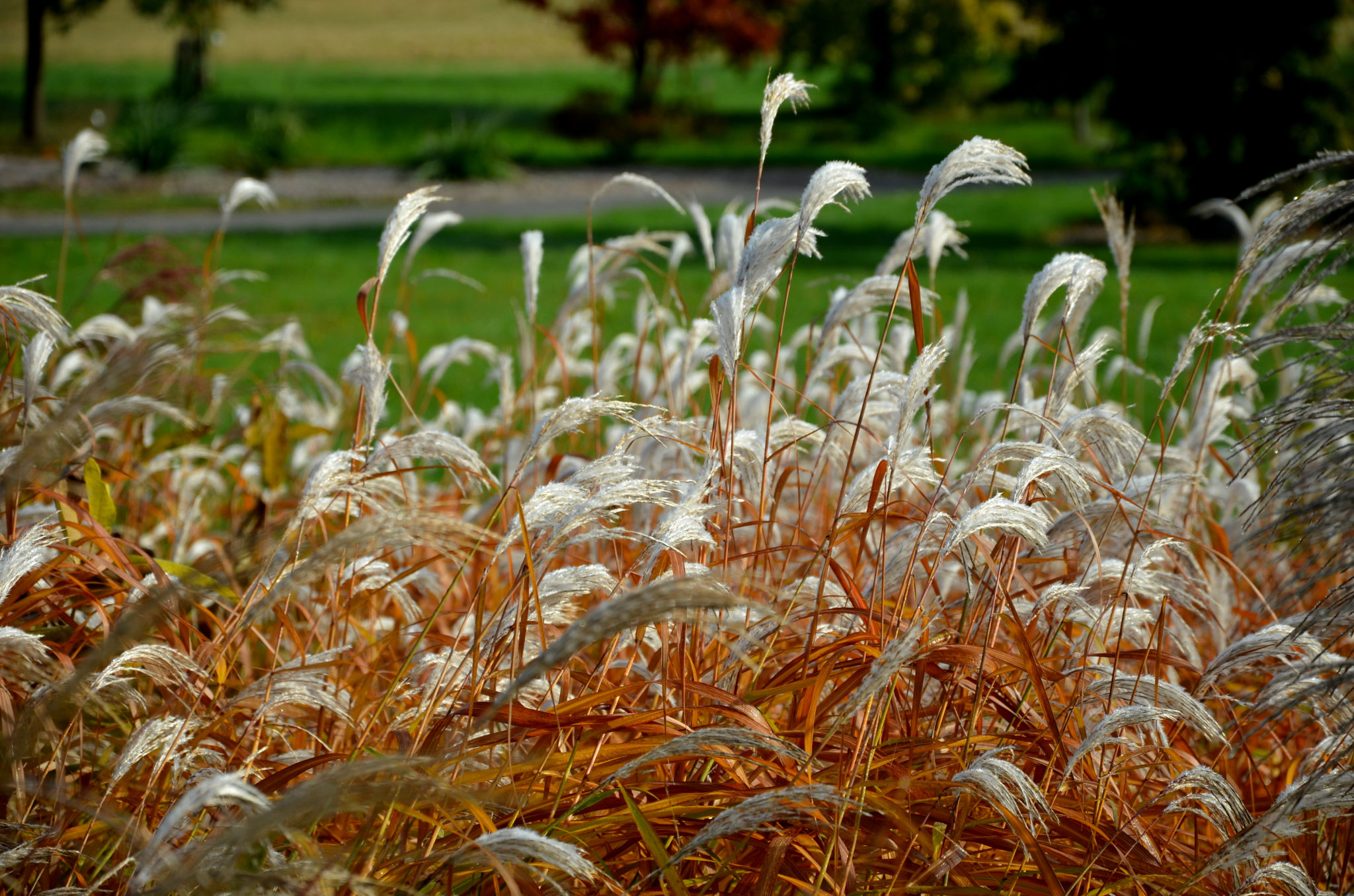
Sustainable Landscape Design
Thoughtful landscape design plays a vital role in sustainability. By considering factors such as plant placement, sun exposure, and wind patterns, you can create a garden that thrives with minimal intervention. Grouping plants according to their water and light needs helps ensure efficient resource use.
Creating zones within your garden based on microclimates allows you to make the most of natural conditions. For instance, placing water-loving plants in low-lying areas where moisture naturally accumulates can reduce irrigation needs. Incorporating hardscapes made from recycled or locally sourced materials further enhances the sustainability of your landscape design.
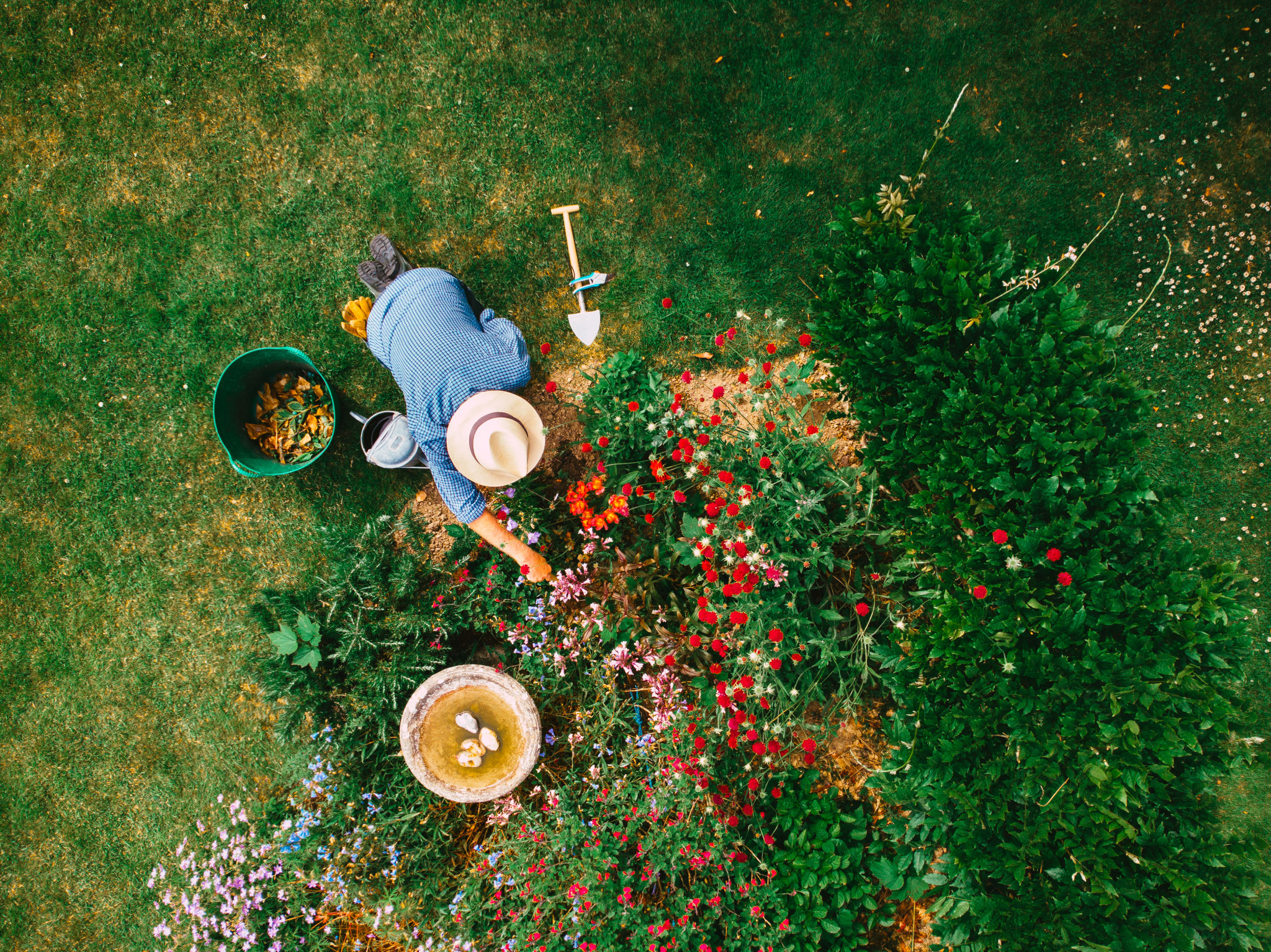
The Benefits of Sustainable Landscaping
Adopting sustainable landscaping practices comes with a multitude of benefits that extend beyond environmental impact. A sustainable garden is often more resilient to climate fluctuations and requires less maintenance over time. By reducing reliance on chemical inputs and conserving resources, you also contribute to a healthier local ecosystem.
Moreover, sustainable landscapes can increase property value by enhancing curb appeal and demonstrating environmental responsibility. They create inviting outdoor spaces that encourage relaxation and biodiversity. Whether you're an experienced gardener or just starting out, embracing sustainable landscaping practices offers an opportunity to make a positive impact on both your garden and the planet.
